Using Portable Heaters Safely at Home
As winter tightens its icy grip, many of us will be dusting off our trusty portable heater for quick, targeted heat. Compact, convenient, and are far more efficient than cranking up the central heating, portable heaters are a great way to stay cosy in winter.
But with great convenience comes great responsibility. Whether you have a fan heater in the kitchen, a halogen heater in the living room, or an oil-filled radiator in your office, safety should always be top of mind. Portable heaters can be a lifesaver in winter, but without the right precautions, they also pose safety hazards.
But don't worry, we've got you covered. This guide will walk you through everything you need to know about using portable heaters safely, from choosing the best one for your space to understanding the risks—especially when it comes to using gas heaters indoors. Let’s make sure you stay warm and safe this winter and beyond!
Understanding Portable Heater Types and Their Safety Features
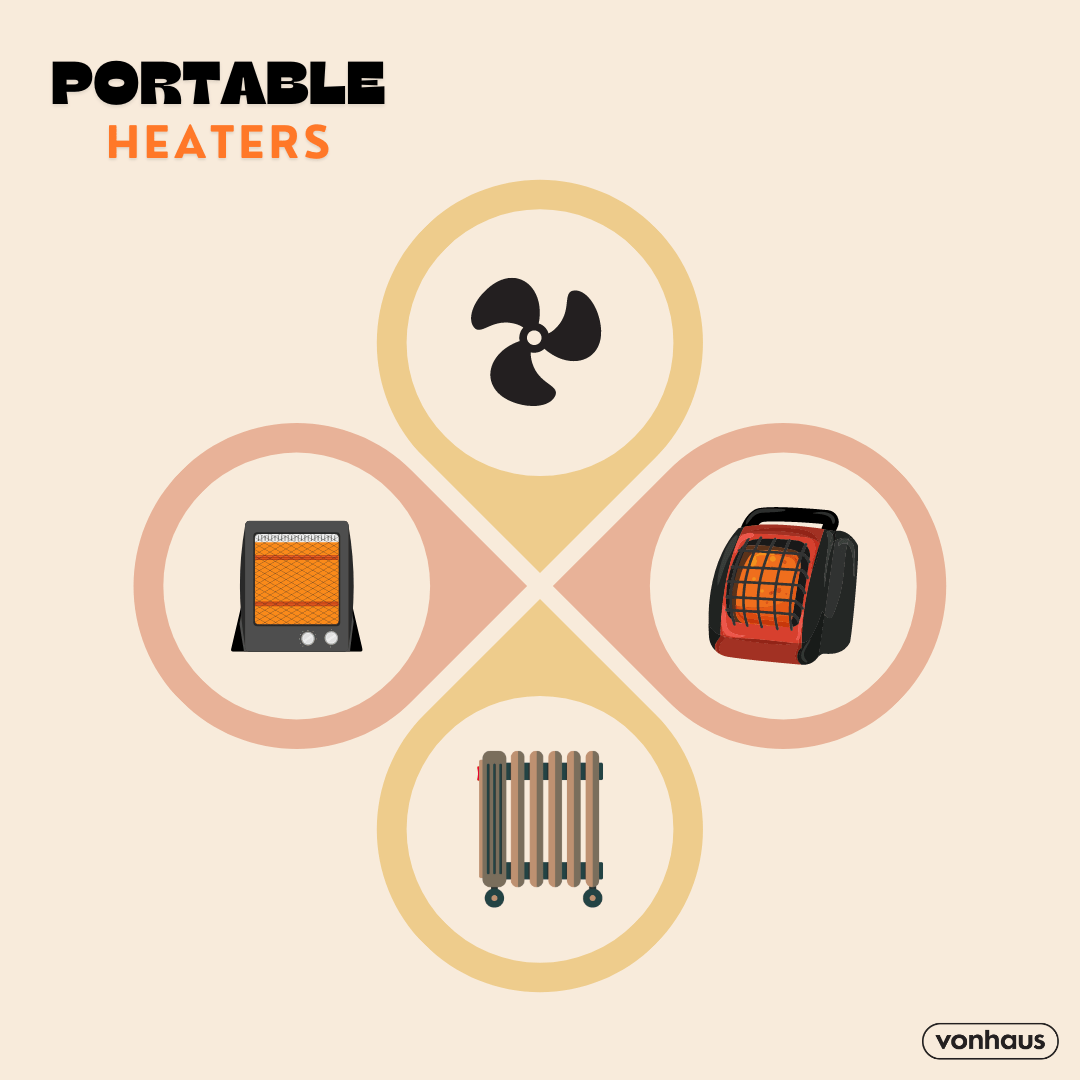

When it comes to portable heaters, there’s no one-size-fits-all solution. Your choice will depend on your needs—whether you want to quickly heat a small space or keep a larger room warm for long stretches. But each type of heater brings its own set of safety features and potential risks, so it’s essential to understand what you’re working with to stay warm and safe.
Here are the main safety features to look out for each type of portable heater:
1. Fan Heaters
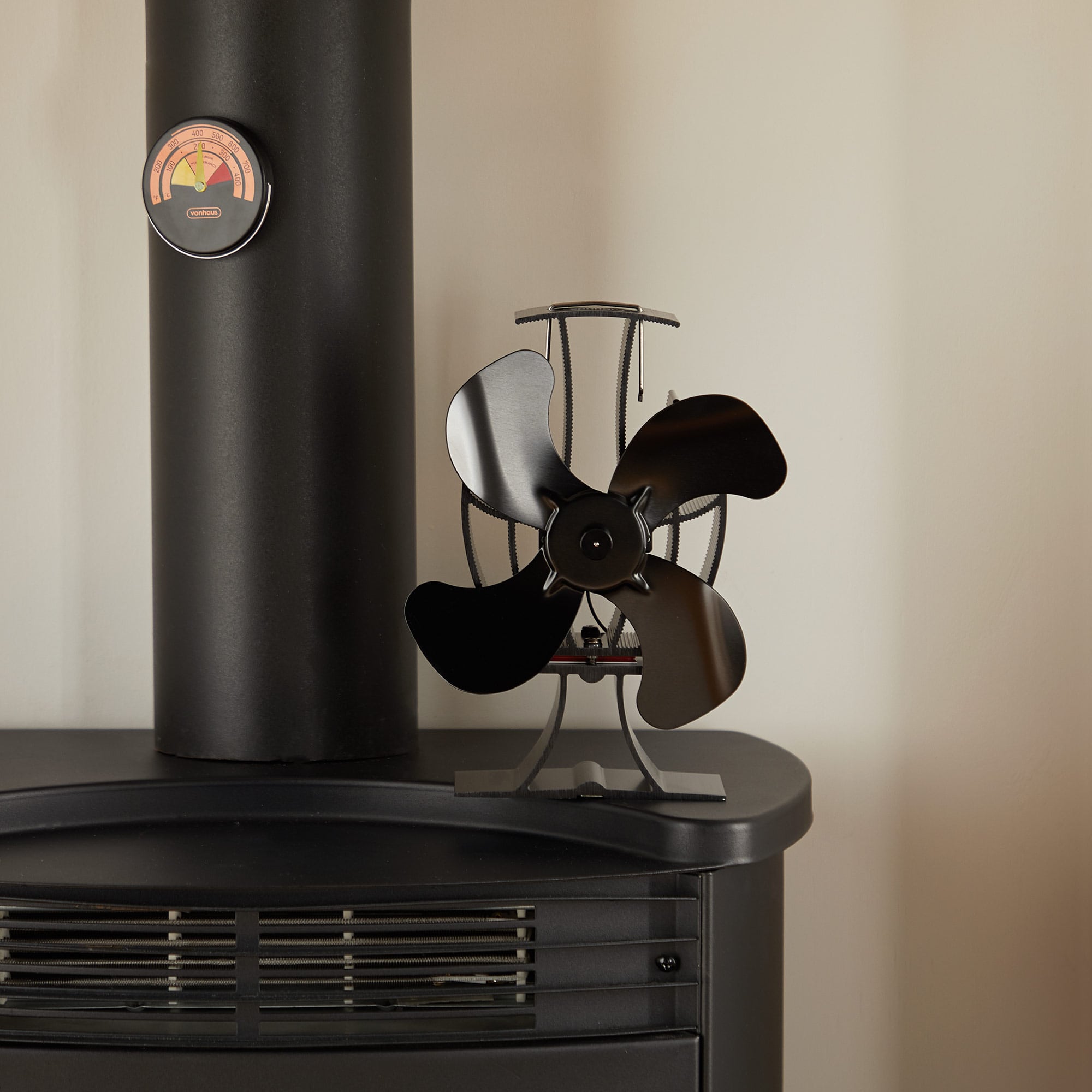

Fan heaters work by blowing air over a heating element, creating a quick burst of warmth. They’re great for smaller spaces or when you need to heat up a room fast. However, because they use exposed heating elements, they can be a fire hazard if placed too close to flammable materials like curtains or furniture.
Safety Features to Look For:
- Overheat protection: This feature automatically shuts the heater off if it gets too hot, preventing potential fire risks.
- Tip-over switch: Fan heaters can be lightweight, so make sure it has a switch that turns it off if it’s knocked over.
2. Halogen Heaters
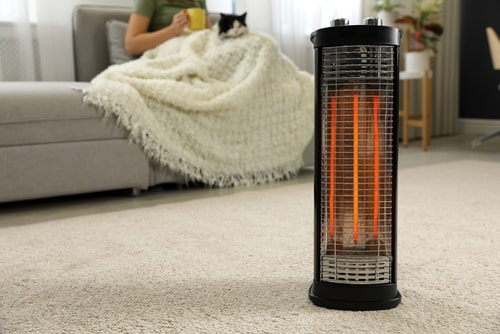

Halogen heaters use halogen elements to produce radiant heat, which directly warms objects and people rather than the air. They’re ideal for quick heat in a small area but tend to cool down as soon as they’re switched off.
Safety Features to Look For:
- Cool-touch surface: Unlike fan heaters, halogen heaters have external elements that get very hot. A cool-touch casing or a protective guard is a must.
- Automatic shutoff: Look for a model with an auto-shutoff feature in case the heater overheats or tips over.
3. Oil-Filled Radiators
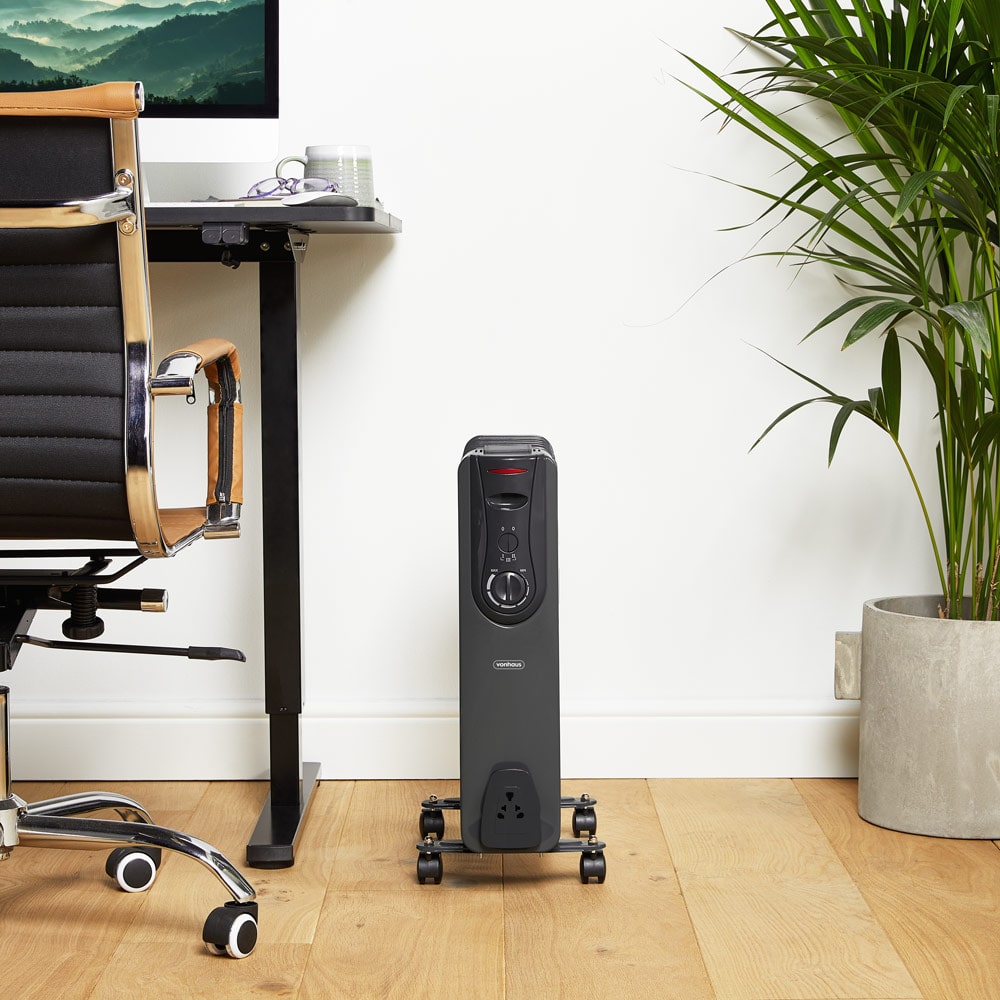

Oil-filled radiators take longer to heat up but offer consistent, efficient heat over time. They’re perfect for keeping large rooms warm and tend to be one of the safest portable heaters because the oil inside retains heat even after the unit is switched off, reducing the risk of burns.
Safety Features to Look For:
- Overheat protection: Like with fan heaters, this is key to preventing the radiator from becoming a fire hazard.
- Thermostat: A built-in thermostat helps regulate the heat, so you don’t end up using more energy than necessary.
4. Gas Heaters
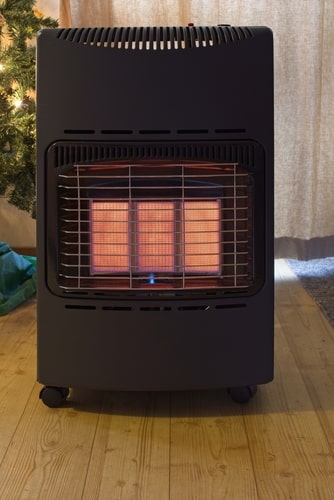

Gas heaters are powerful and often used in larger spaces or outdoors. However, they come with greater risks when used indoors. The main concern is the potential for carbon monoxide poisoning, especially if the heater isn’t properly vented. Fire hazards also become more likely if flammable materials are nearby.
Safety Features to Look For:
- Oxygen depletion sensor: This will shut off the heater if oxygen levels in the room drop to unsafe levels.
- Carbon monoxide alarm: This is essential if you plan to use a gas heater indoors. While it’s an extra piece of equipment, it can save lives.
Are Portable Gas Heaters Safe to Use Indoors?
Let’s get straight to the point—portable gas heaters can be used indoors, but they come with major safety risks. The biggest concern is carbon monoxide poisoning. When fuel is burned in an enclosed space without proper ventilation, carbon monoxide (CO) can build up, and this invisible, odourless gas can be deadly. Another risk is fire, especially if the heater is placed too close to furniture, curtains, or other flammable items.
How to Safely Use a Gas Heater Indoors
- Ventilation is crucial: Always ensure the room is well-ventilated when using a gas heater. Open a window or door to allow fresh air to circulate.
- Install a carbon monoxide detector: This is non-negotiable if you’re using a gas heater indoors. A detector will alert you to rising CO levels before they become dangerous.
- Never leave it unattended: Unlike electric heaters, gas heaters should never be left running when you’re not around to monitor them.
- Keep flammable materials far away: Ensure the heater has at least a metre of clear space around it on all sides.
Ultimately, while portable gas heaters can be safe if used correctly, they require more caution and should only be used indoors as a last resort.
Best Practices for Safe Use of Portable Heaters
Regardless of the type of portable heater you choose, certain safety rules apply across the board. Here are the most important dos and don’ts for keeping your home warm and hazard-free.
Do:
- Keep heaters at least 1 metre away from flammable materials, such as curtains, bedding, or furniture.
- Place the heater on a flat, stable surface where it’s less likely to tip over.
- Use heaters with built-in safety features, like overheat protection and tip-over switches.
- Unplug the heater when not in use, especially before leaving the house or going to bed.
- Keep children and pets away from heaters, particularly those with hot surfaces or exposed heating elements.
Don’t:
- Never leave a portable heater unattended, especially in a room with small children or pets.
- Don’t plug a heater into an extension cord, as this increases the risk of overheating and fire.
- Avoid drying clothes over the heater, no matter how tempting it is. This is a major fire hazard. Here's a savvy alternative: Drying Your Clothes with a Dehumidifier.
- Don’t block the heater’s ventilation, as this can cause it to overheat.
Choosing the Best Portable Heater for Large Rooms
If you’re heating a large room, efficiency and heat output should be your top priorities. Here’s how the different types of heaters stack up for bigger spaces:
- Oil-filled radiators are often the best option for large rooms because they provide steady, consistent heat and are generally safer for extended use. They also don’t dry out the air, which can be a plus in winter months.
- Fan heaters can heat up a room quickly, but they’re less efficient for large spaces because the heat tends to dissipate quickly once turned off.
- Gas heaters offer powerful heating but should only be considered for large rooms with plenty of ventilation, due to the safety risks discussed earlier.
- Halogen heaters are less suited for large spaces as they provide targeted, rather than whole-room, heat.
When choosing a portable heater, look for one with a thermostat and adjustable heat settings to ensure you’re not wasting energy. Wattage matters too—aim for a heater with at least 1500 watts for larger rooms, but don’t forget that the higher the wattage, the more energy it consumes. For more info on this, check out our blog, How Heater Wattage Affects Your Energy Bills.
Stay Warm and Safe this Winter
Portable heaters are a convenient, efficient way to warm up your home, but safety should always be your top priority. Whether you’re navigating the risks of gas heaters or selecting the perfect model for a large room, staying informed is key to keeping your home both cosy and safe.
For more energy-saving tips, explore our 6 Savvy Energy Savers to Heat Your Home for Less, or browse our full range of portable heaters to find the right fit for your space.


